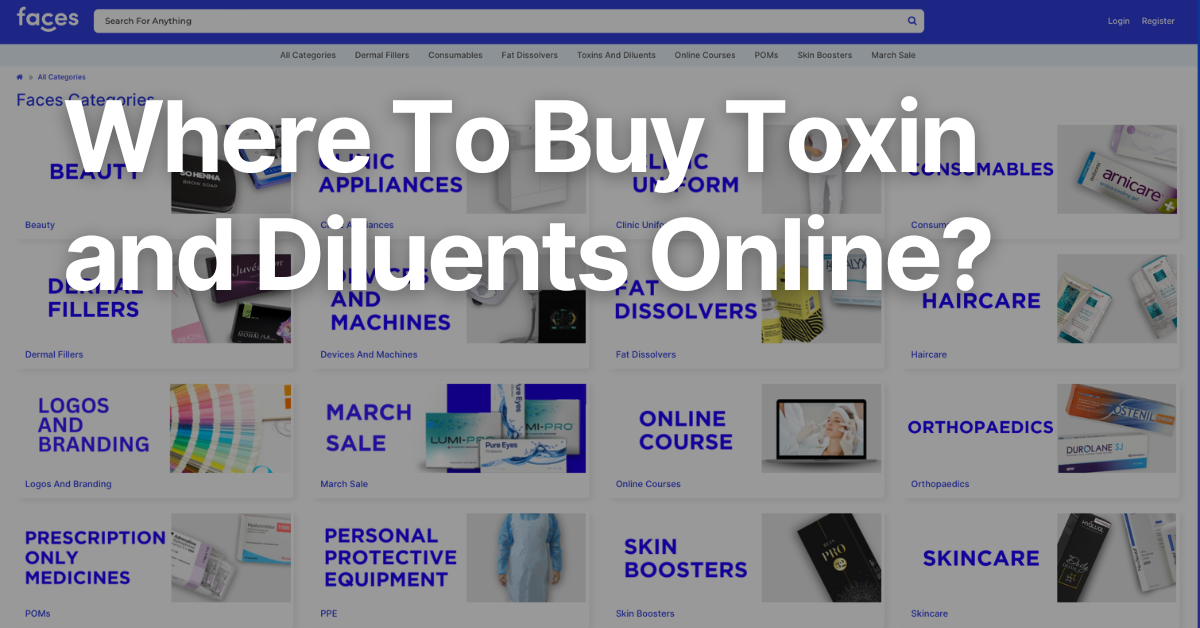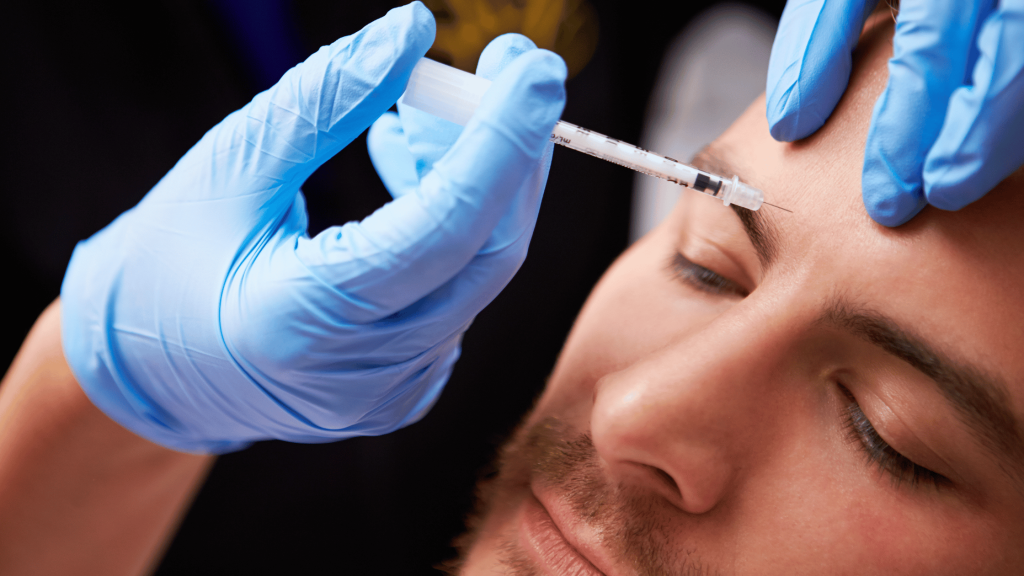
To buy toxins and diluents, aesthetic professionals need to be cautious. As counterfeit products circulate in the UK aesthetics industry, the dangers of fake toxins and diluents continuously bring horror to practitioners and clients alike. In 2023 alone, a hefty amount of unregistered prescription products was seized in Greater Manchester, proving that there are certain groups of individuals who would capitalise on the uninformed buyers just to make money.
Events like this are a nightmare for aesthetic practitioners who have recently started their journey in aesthetics. The same sentiments can also be shared by practitioners who have already fallen for too-good-to-be-true deals. But to know where to buy toxins and diluents, we need to understand how prescription-only medicines work.
Understanding Prescription-Only Medicines
A prescription-only medicine or POM, is a type of medicine that can only be purchased if it is authorised by a health professional. Aesthetic practitioners obtaining POM need to have a valid prescription for it. Once a prescription has been given, it can be submitted to authentic pharmacies.
Medicine classified under POM is strictly regulated because of the risk it imposes. If someone offers a POM outside the right channels, you should think twice! But don’t worry; we’ll now be looking at where you can buy this medicine!

Where to buy Toxins & Diluents
A simple answer would be to go to a reputable pharmacy. But here are the things you need to check about the pharmacy first before making that first purchase.
1. The pharmacy name and business should be registered with the General Pharmaceutical Council (GPhC). An online pharmacy should declare that they are registered with the GHPC on their ‘About Us’ page. Look up the pharmacy on the pharmacy register by clicking here.
2. Healthcare professionals in these pharmacies should be registered with different UK regulators.
3. Their website shouldn’t look sketchy, and when you call for someone, they should know the answers to your questions about their products.
To save you the hassle, you can check out this reputable marketplace. Faces have also gathered verified, trusted, and knowledgeable pharmacies in the aesthetics industry to provide aesthetics professionals with safe and reliable pharmacy services. Learn more by clicking here.

Requirements to buy Toxins & Diluents
There are certain requirements to meet before buying a prescription item. The following are:
1. Identity Card or ID – Practitioners need to verify their identity by presenting an ID. Examples of valid IDs that can be presented are passports and driving licences. All information on your ID should also be visible.
2. Certificate of Training – To verify that you have been trained to use toxins, diluents, and other prescription medicines, you need to present a photo or scanned copy of your training certificate. Make sure that your training certificate indicates the training academy you’ve graduated from, your name, the name of the trainer, and the tracking number of the certificate.
3. Insurance Documents – You need to be insured before procuring POMs. If you haven’t gotten your insurance, here is a list of insurance providers that you can work with. When sending your insurance documents, make sure that your document contains your name or your business name, a policy or reference number, and your insurance coverage dates.
Related Links: The Ultimate List of Trustworthy Aesthetic Insurance Companies in 2024!
Insurance Comprehensive Coverage for UK Aesthetics: Pro Guide
4. Prescription – Obviously, prescription items would need a prescription from prescribers. Prescribers would need to do a consultation with your clients before you get a prescription for your POMs.
If you haven’t partnered up with a prescriber, you can look for one near you by clicking here.

How to buy prescription items
To order prescription items, you need to find an authentic pharmacy. You would also need to compare different pharmacies to get the best deals. To make it quick and hassle-free, simply create or log in to your Faces account. Once logged in, click on the shop icon and browse our catalogue of different prescription items from our partnered pharmacies.
Here’s a link to a FAQ board about our shop and pharmacy section!
What other prescription medicines can you buy?
For a full list of categories, please visit Faces or simply click here.















